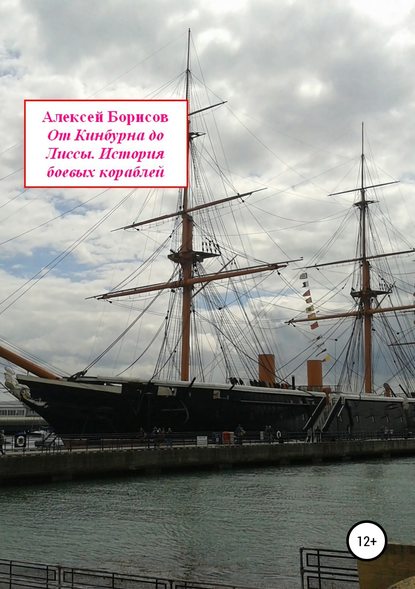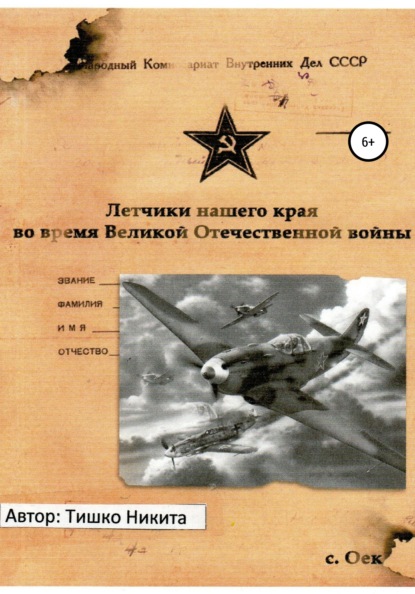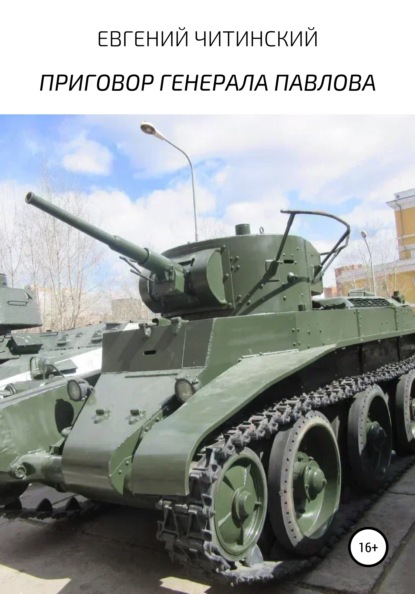World War II was a complex and interesting period of global history, when the whole world was caught up in armed conflict. Andrew Buchanan's book, titled "World War II in Global Perspectives, 1923-1973" offers an in-depth analysis of this multifaceted conflict from a global perspective.
The author starts by providing a historical context covering the pre-war years and events leading up to the outbreak of the armed conflict. He then moves on to explore the main regions of Europe involved in the conflict and how they were interconnected. The second half of the book focuses on the far-reaching effects of World War on other areas of the globe, such as Latin America and the African continent.
An important aspect of Andrew Buchanan`s work is the examination of how the US rose to become a dominant player in global politics after WWII. The inclusion of discussions about American intervention in Korea in the core timeline of WWII makes the importance of American involvement in world events clear.
Throughout the text, Andrew Buchanan provides rich examples from both military operations and intelligence operations to show how complex issues arising during WWII were dealt with in real-time at the highest levels of government. His highly critical stance towards a simplistic interpretation of WWII war is readily apparent.
Ultimately, the book `World War II In Global Perspective` offers a highly valuable insight into the terrifying complexity of WWII and its lasting effects on global politics. It is a scholarly work written by one of the best historians of our time to create insight for a contemporary audience.
Увлекательное военно-историческое исследование, посвященное событиям Второй мировой войны в общемировом контексте. Эндрю Н. Бакан является автором данного труда, который написан специально для ученых и студентов, изучающих историю. В книге проведены тщательные исследования основных театров войны и связи между ними, а также изучено влияние войны на регионы мира, которые часто остаются в стороне в исторических работах, включая Латинскую Америку, Африку и так называемые нейтральные страны. Это всеобъемлющее исследование демонстрирует, как в ходе борьбы против Оси, Соединенные Штаты заменили Британию как глобальную супердержаву. Автор описывает японскую оккупацию Маньчжурии в 193 году и Корейскую войну (195-19 годов), утверждая, что ключевые годы войны (19-19 годы) нельзя понять, игнорируя бурное развитие событий, которое окружило их. Работа помещает Вторую мировую войну в контекст серии крупных региональных конфликтов, которые пересекались и накладывались друг на друга, и, наконец, возродившись как настоящая "мировая война" с официальным вступлением Соединенных Штатов в конце 19 года. Эта важная работа предоставляет исчерпывающую рецензию Второй мировой войны, преподнося контекст в мировом масштабе, значительное внимание уделяет экономическим и политическим аспектам войны, содержит подробные отчеты об основных военных кампаниях, а иллюстрации и карты усиливают малоизвестные аспекты мировой войны.
Электронная Книга «World War II in Global Perspective, 1931-1953» написана автором Andrew N. Buchanan в году.
Минимальный возраст читателя: 0
Язык: Английский
ISBN: 9781119366119
Описание книги от Andrew N. Buchanan
A comprehensive review of World War II that offers a global-level analysis Written for academics and students of history, World War II in Global Perspective, 1931-1953 presents a dynamic and global account of the historical events prior to, during, and after World War II. The author—a noted expert on the topic—explores the main theaters of the war and discusses the connections between them. He also examines the impact of the war on areas of the world that are often neglected in historical accounts, including Latin America, sub-Saharan Africa, and the so-called ‘neutral’ countries. This comprehensive text clearly shows how in the struggle against the Axis powers, the United States replaced Britain as the global superpower. The author discusses the Japanese invasion of Manchuria in 1931 and the Korean War (1950-1953) and argues that the core years of the war (1939-1945) cannot be understood without considering the turbulent events that framed them. The text puts World War II in context as a series of large regional conflicts that intersected and overlapped, finally emerging as a genuine “world war” with the formal entry of the United States in late 1941. This vital text: Offers a comprehensive review of World War II that frames it in a global context Gives weight to the economic and political developments of the war Provides a robust account of the main military campaigns Contains illustrations and maps that themselves highlight little-known aspects of the global war



















